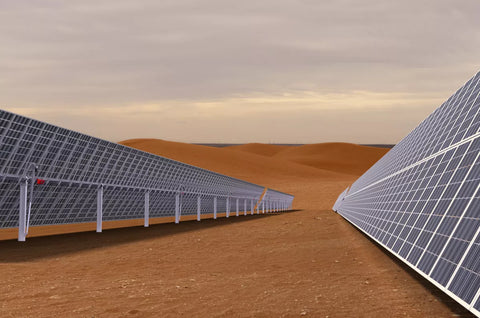The application of single-axis tracking brackets in photovoltaic projects has gradually increased in recent years. It is well known that flat single-axis can significantly improve the radiation reception of photovoltaic modules. However, how much radiation reception can the flat single-axis tracking system improve compared to the conventional fixed bracket? Is the rate of increase the same across regions?
The first consideration is the case where only the latitude changes. Four points were selected, which differed only in latitude, and other parameters (including longitude, altitude and total radiation on the horizontal plane of each month) were the same. The latitudes of the four points are 40°, 30°, 20°, and 10°, respectively, and the longitude is 115°. The total radiation in each month is the same. As shown in the figure below, the annual total radiation is 1378kWh/㎡:
Under this premise, the optimal inclination angle radiation and the flat uniaxial radiation of these four points are calculated respectively, and only a single fixed bracket or a flat uniaxial bracket is considered in the calculation, and the shadow occlusion between the brackets is not considered.
It can be seen from the calculation that as the latitude decreases, the annual total radiation received by the flat single-axis tracking system per unit area gradually decreases, but the magnitude is not large, and only decreases by 4.1% from 40° latitude to 10° latitude .
However, for the fixed bracket, the trend of decreasing the total radiation at the optimal inclination angle is more obvious with latitude, and it only decreases by 14.7% from latitude 40° to latitude 10°.
Therefore, the improvement of the radiation reception of the flat single-axis tracking system relative to the fixed bracket is gradually increasing with the decrease of latitude. In this example, the increase is 9.7% at 40° latitude, 18.3% at 30° latitude, 22.5% at 30° latitude, and 23.2% at 30° latitude. At the same time, it can also be seen that the increase of this increase is gradually decreasing with the decrease of latitude. (The ratio is for this example, the actual situation will vary according to different external conditions, but the trend is basically the same)
From the above calculation results, it can be judged that the flat single-axis tracking system can better highlight its advantages in the middle and low latitudes.

